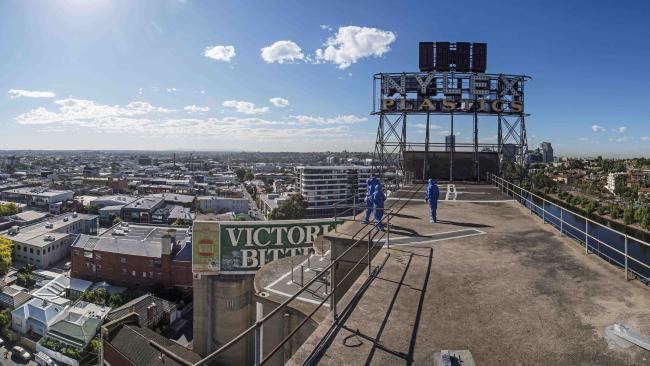 | ||
Similar Bryant and May Factory, Morell Bridge, Richmond railway station - M, East Richmond railway st, The Astor Theatre | ||
Nylex clock vandals intended just the opposite 03 14
The Nylex Clock is an iconic neon sign sitting atop malting storage silos in the suburb of Cremorne, Victoria, Australia. It is located adjacent to the northern bank of the Yarra River and the Monash Freeway and displays the time and temperature alternately. The text also alternates displaying the words 'Nylex Plastics' that changes to 'Nylex Every Time!'. It is visible from many parts of Melbourne, particularly the Melbourne Cricket Ground. This linkage is referred to in the song "Leaps and Bounds" by musician Paul Kelly.
Contents
- Nylex clock vandals intended just the opposite 03 14
- What went on with the nylex clock 01 11
- History
- References
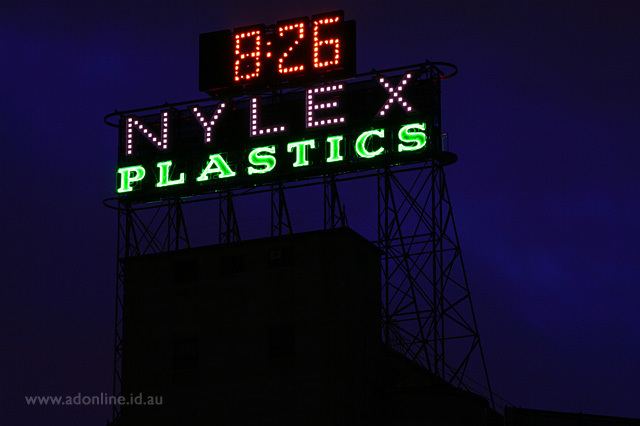
What went on with the nylex clock 01 11
History
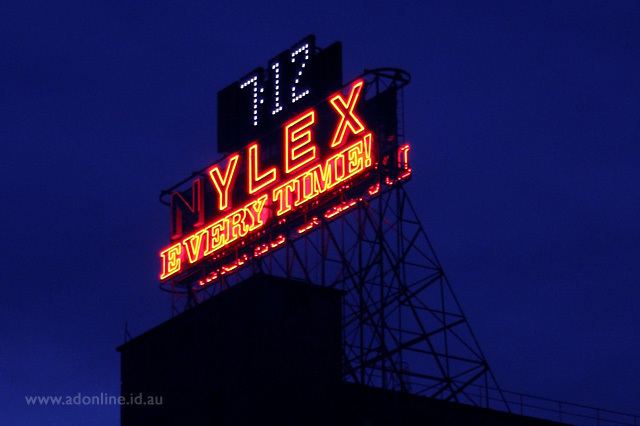
The sign and clock were designed and built by South Melbourne company Neon Electric Signs and erected in 1961 on behalf of Nylex, an Australian manufacturer of plastic products. There are 20 silos on the site, located in two groups, and were built in the 1950s and 1960s to store barley.
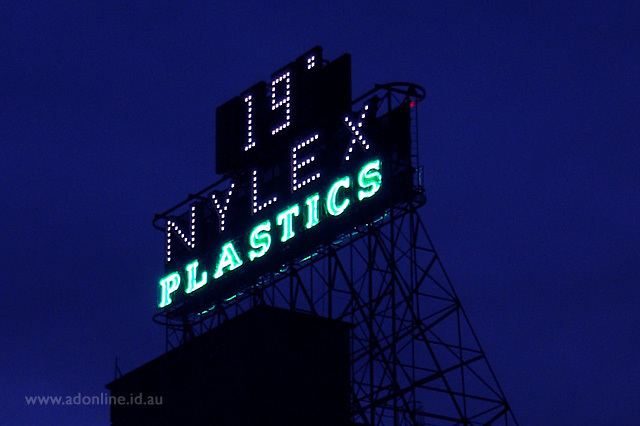
In 2002 a $70 million office project was proposed for the site of the silos that support the clock. The architectural firm behind the project had assessed the heritage value of the site and did not find the silos historically significant enough to be retained, but agreed the Nylex sign was of value and should be kept. The redevelopment was dropped in October 2003 because of the prospect of heritage protection.

The Nylex Clock had been inoperative for a number of years, until restoration works were announced in May 2004. A listing on the Victorian Heritage Register was also applied to the sign in March that year. The 11,340 square metre silos precinct underneath the clock was sold in September 2004 in a deal believed to be worth $8.75 million. The sign itself had been owned by Australian Neon Signs, until sold to Nylex in August 2004. The location of the clock was leased from the owner of the silo.
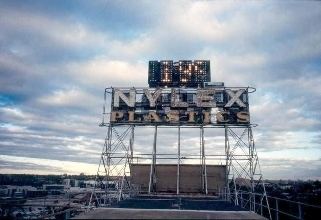
On 29 June 2005 the clock was restarted at 7.24am, amid heavy fog and a live broadcast by radio station 3AW. The thousands of white LEDs turned on, but the time stayed stuck on 7.24am due to a 'glitch with satellite alignment' in the equipment used to keep the time and date accurate. The sign had been out of action for 14 months, with the restoration commencing in February and costing $300,000. 17,000 LED lights were used, along with 800 metres of neon tubing and two kilometres of electrical cable.
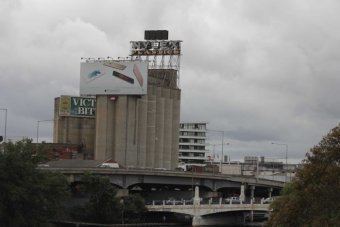
The use of LEDs diminished the visibility of the clock in certain locations, so the luminaires were once again replaced in December 2005 with 70-degree orange coloured LEDs.
For several days in May 2006 the clock was frozen at 6.38, with a surge protector being installed to avoid a recurrence. The clock again broke down at 5.45am on 6 September 2006 but wet weather hampered efforts to investigate the fault. In December 2007 the clock was switched off due to Nylex lapsing into receivership. To date there has been no forthcoming information from Cremorne council about when the sign will be switched on despite public outrage. Because the sign and operating costs were the property of Nylex, the public hope the council will assume responsibility of the costs. Since December 2007, the clock and associated temperature display, were inoperative. The clock was briefly illuminated again on Thursday, 29 January 2015, when a group calling themselves 'The Nylex Clock Collective' broke into the silos and found the switch to the clock. Drivers reported the clock running an hour behind, as it hadn't been adjusted for daylight saving time.
